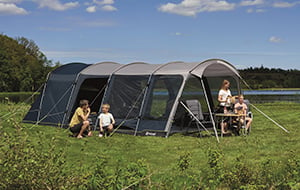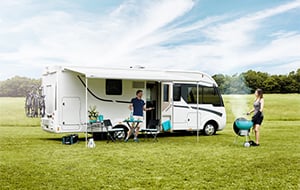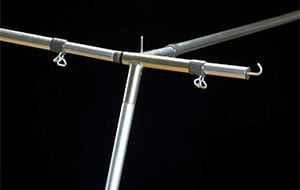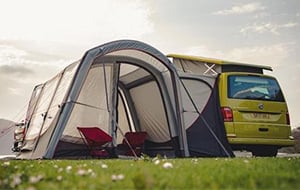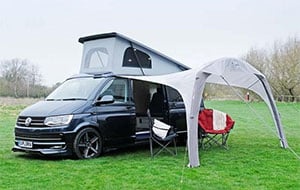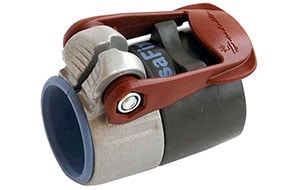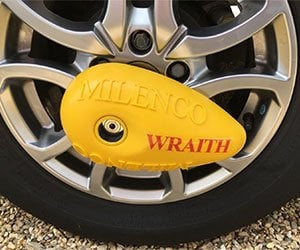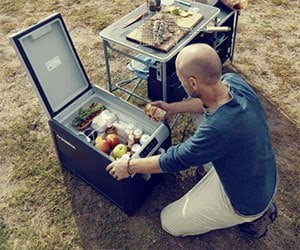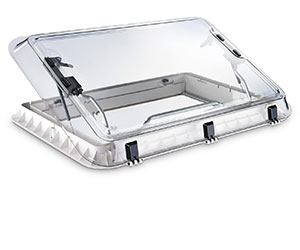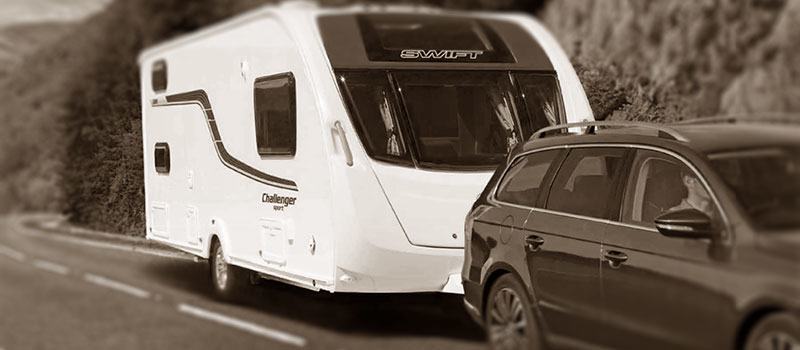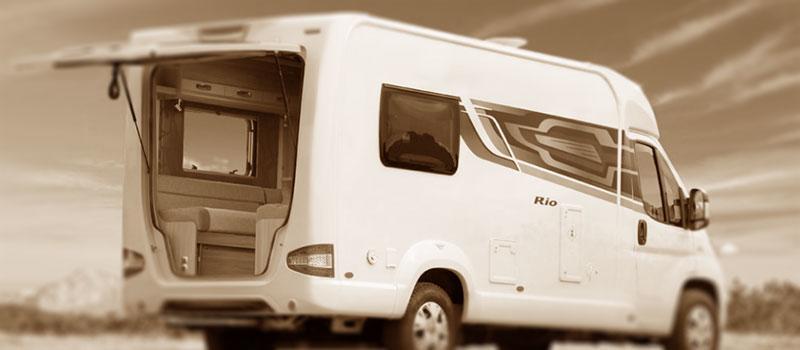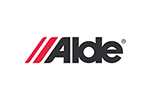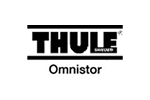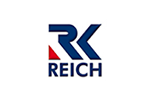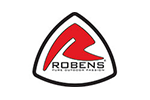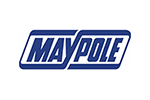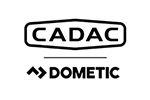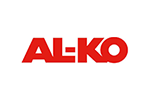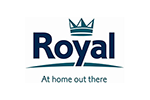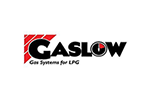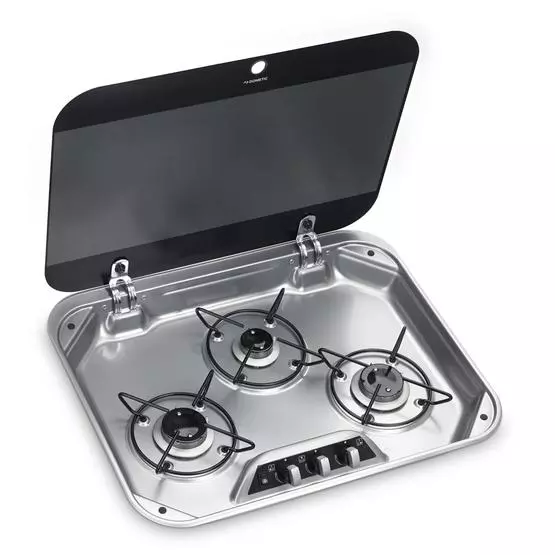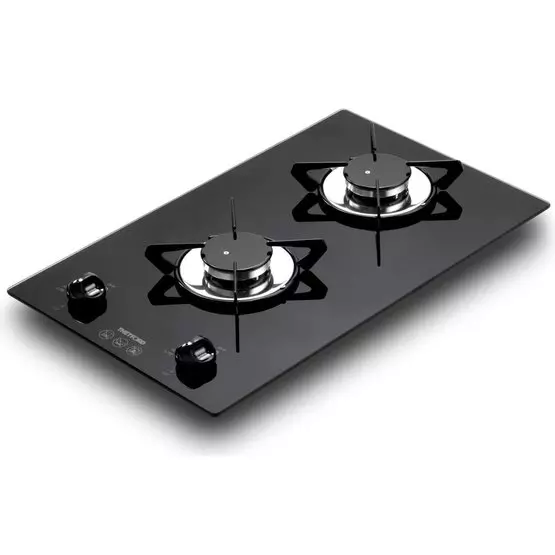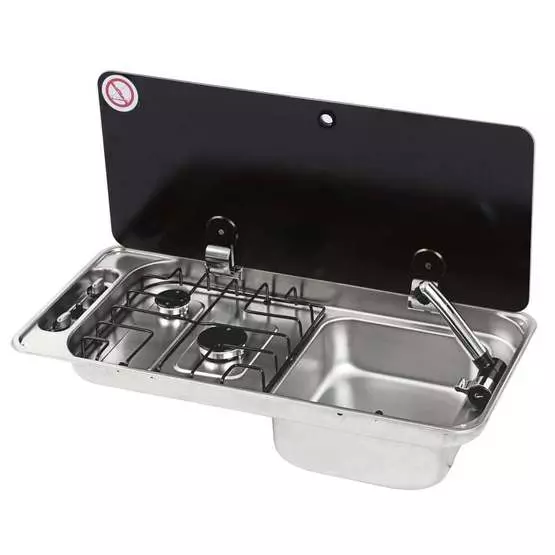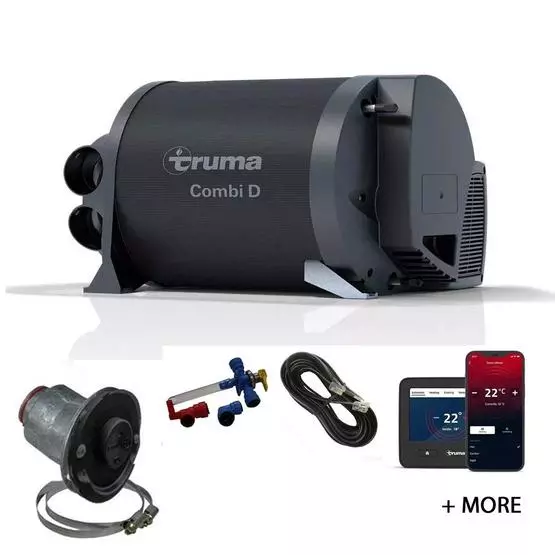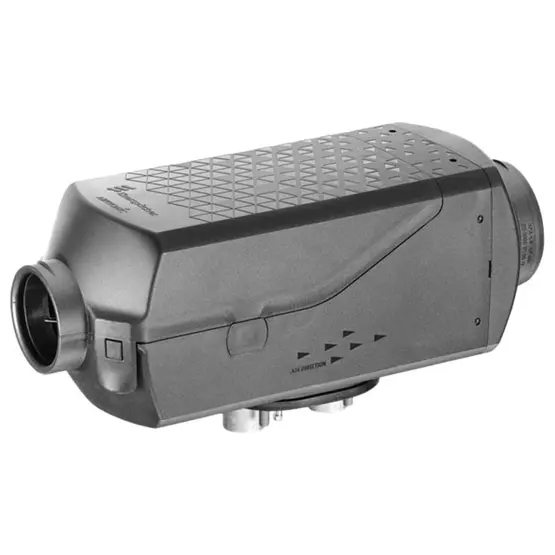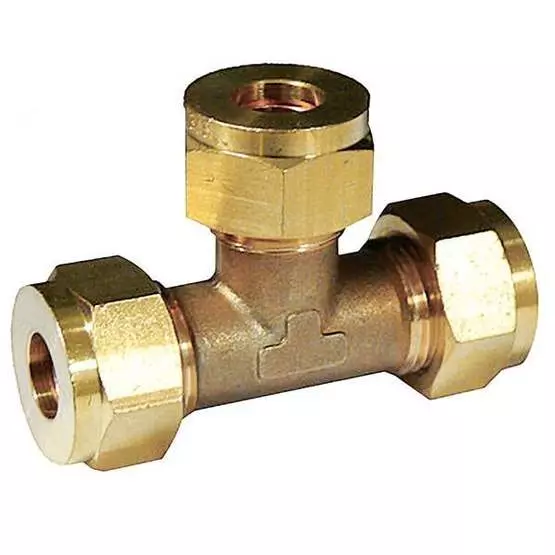Frequently Asked Questions About Campervan Converting Gas Appliances
Small campervans (under 6m) typically suit 3.9kg or 6kg bottles for weekend use, whilst larger conversions benefit from 13kg bottles for extended trips. A 6kg propane bottle lasts approximately 2-3 weeks with normal cooking and occasional heating. For full-time living with heating, hot water, and cooking, expect 1-2 weeks duration. Consider refillable systems like Gaslow for frequent travel. Always consult a Gas Safe registered engineer for professional advice on system sizing and ensure proper ventilation and safety equipment installation.
Propane performs better for year-round campervan use, remaining gaseous down to -42°C, making it ideal for winter camping. Butane stops working below 0°C but burns more efficiently in warm weather and produces slightly more heat per litre. Propane bottles are typically red, butane blue. UK Autogas (available at filling stations) is typically 90% propane minimum, making it suitable for all seasons. For safety and proper gas selection, always consult a Gas Safe registered engineer who can assess your specific requirements and usage patterns.
Private sales do not legally require gas certification, but many buyers expect documentation proving safe installation. Commercial hire-out requires annual Landlord Gas Safety Records by law under Gas Safety Installation and Use Regulations 1998. Only Gas Safe registered engineers qualified in "CARAVANS - Pipework LAV LPG (CORE)" can issue valid certificates. Insurance may be compromised without professional certification. Rental platforms like Airbnb classify campervan hire as commercial use, requiring certification. Always use Gas Safe registered professionals for certification and safety checks.
UK law permits competent individuals to install gas systems in their own vehicles for personal use under BS EN 1949:2021, but you remain liable for safety and must prove competency if accidents occur. Commercial vehicles require Gas Safe registered installation. However, professional installation is strongly recommended for safety, insurance validity, and resale value. Gas work involves serious risks including carbon monoxide poisoning, explosions, and fire. Always engage Gas Safe registered engineers qualified in campervan LPG systems for installation, testing, and certification regardless of legal requirements.
Average daily consumption varies significantly: Cooking alone uses 150-300g daily, space heating 1-3kg daily in winter, water heating 200-400g per shower, and absorption fridges 300-500g daily. A typical touring caravan uses 0.8-1.5kg gas daily. Heaters consume most gas at 150-500g per hour depending on output and thermostat settings. Summer cooking-only use can extend 6kg bottles to 4-6 weeks. Always monitor consumption patterns and maintain spare bottles. For accurate consumption calculations and appliance efficiency advice, consult Gas Safe registered engineers.
BS EN 1949:2021 mandates drop-out vents with minimum 10,000mm² ventilation below each gas appliance, EN 50291 compliant carbon monoxide detectors with 7-year sensors, and gas bottle compartments sealed from living areas with external access and permanent ventilation. Fire extinguishers, gas shut-off valves for each appliance, and secure bottle restraints are essential. Gas bottles must be stored upright in ventilated compartments. Drop-out vents cannot be obstructed by furniture or storage. Professional installation by Gas Safe registered engineers ensures all safety requirements are met correctly.
Essential appliances include a hob (Dometic SMEV 9222 combination units popular for space-saving), water heater (Truma Combi or Whale systems), and heating if needed (Propex HS2000 or Eberspacher diesel). Choose appliances specifically designed for mobile use with flame failure devices, piezo ignition, and vibration resistance. Avoid domestic appliances which lack mobile safety features. Thetford suits larger conversions, CAN offers premium Italian quality. All installations require professional assessment for compatibility, ventilation requirements, and safety compliance by Gas Safe registered engineers.
Calculate consumption by noting appliance power ratings and usage hours. Example: 2.5kW heater uses 190g/hour propane (2.5kW ÷ 12.87kWh/kg). Track actual usage over several trips for accurate planning. Summer consumption averages 0.5-1kg daily, winter 1.5-3kg daily with heating. Monitor usage patterns considering external temperature, insulation quality, and personal heating preferences. Keep consumption logs and carry spare bottles for extended trips. For professional consumption analysis and system efficiency optimization, consult Gas Safe registered engineers who can assess your specific setup and usage requirements.
Compliance requires Wade-specification brass compression fittings rated EN 1254-2 with soft copper olives, 8mm copper pipe, regulators reducing pressure to 30mbar, dedicated isolation valves for each appliance, and pressure testing equipment. Essential components include straight connectors, 90-degree elbows, equal tees, stop ends, and gas manifolds for multiple appliances. Installation must withstand 150mbar test pressure with maximum 10mbar drop over 5 minutes. Due to safety criticality and technical complexity, always engage Gas Safe registered engineers for component selection, installation, testing, and certification.
Commercial hire vehicles require annual Gas Safe inspections and certification by law. Private vehicles benefit from annual professional inspections for safety, insurance validity, and early problem detection. Gas hoses require replacement every 5 years (some Truma products have 10-year lifespans). Regular visual checks should monitor for damage, corrosion, and loose connections. Carbon monoxide detectors need testing monthly and sensor replacement every 7 years. Any gas smells, yellow flames, or appliance problems require immediate professional attention. Always use Gas Safe registered engineers for inspections, servicing, and emergency call-outs.
